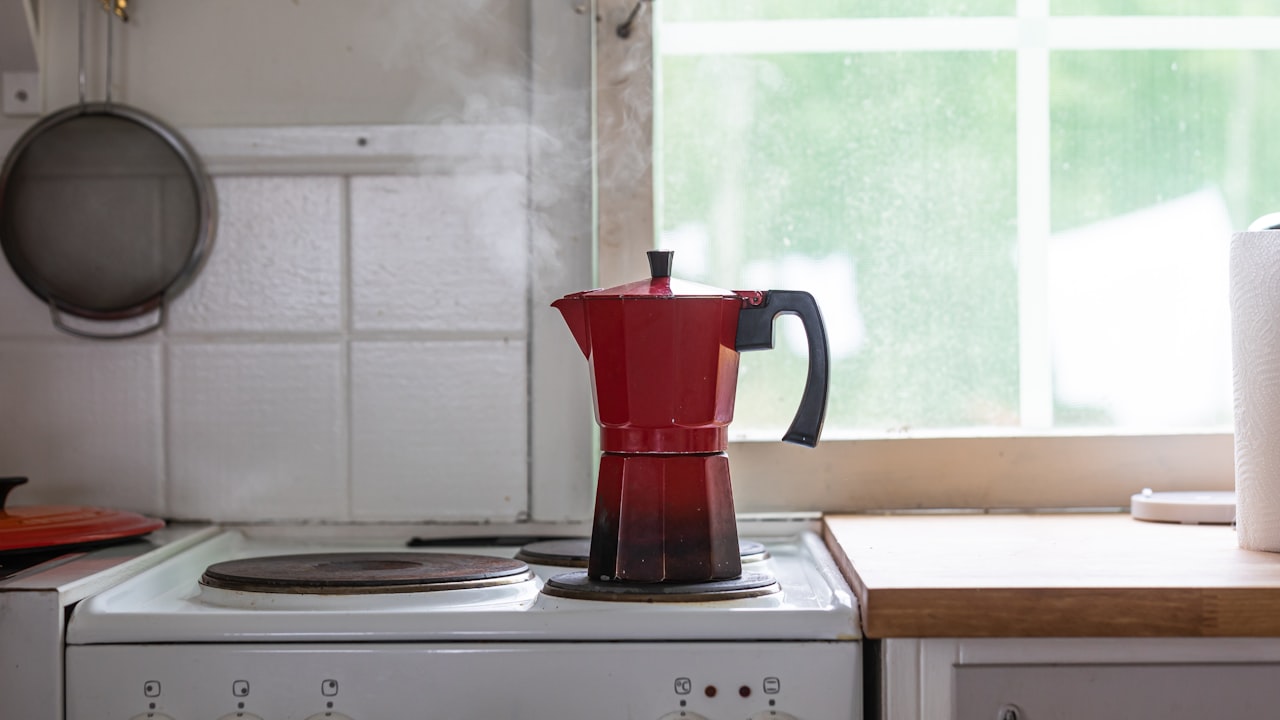Although deemed insignificant, nozzles dictate the effectiveness of pressure washers. Despite the maintenance, if your washer delivers an unsatisfactory wash. Consider changing the nozzle.
Different applications require different pressure levels. Hence, the manufacturers provide the necessary pressure by various nozzle models. Since these little trinkets are crucial for an efficient wash, their basic knowledge is necessary.
Kinds of Nozzles Pressure Washers Use
Commercial pressure washers have different nozzles for every application. However, some of them are common and work for domestic level washing as well. Below are the details of those common nozzle types.
The Quick Connecting Nozzles
Quick connecting nozzles are the most common type of nozzles. You may also know them as colored or angled nozzles. As the name explains, these nozzles only require hand screwing. The color of the nozzle defines its application.
Red Colored Nozzle
Red tip nozzles are 0° degrees nozzles. They provide intense pressure and are best for removing stains from hard surfaces. Since they are so strong, they can scratch or cut soft surfaces. It is best when you want to Max. Pressure on a single focused spot.
Black Colored Nozzle
The black nozzle sprays water at a 60° angle. Since these nozzles have a wide outlet, they serve well for washing out the soap on the surface. The high spray width of the nozzle causes it to lose pressure. Therefore, it is good for cleaning surfaces that don’t require high-powered water.
White Colored Nozzle
Whitetip nozzles have a spraying angle of 40°. The wide-mouth outlet covering the nozzle enhances the spray radius. But, the stream has a low pressure. White nozzles are for washing delicate surfaces like glass or lamented floors.
Green Colored Nozzles
Green nozzles are all-purpose cleaning nozzles. They generate a spray of 25 degrees, best fitted to furniture and outdoor brick yards cleaning.
Yellow Colored Nozzles
These are 15-degree spray generating tips. Yellow tips are good for cleaning hard surfaces like a garage or concrete floors.
The Turbo Nozzles
Next, comes the turbo nozzle. Unlike the quick connecting nozzles, it doesn’t have a color code. But, you can easily distinguish it from its narrow shape.
A turbo nozzle can generate a 0 to 25-degree spray pattern. It provides the spray strength of red and green nozzles. Additionally, the jet rotates at 1800 to 3000 RPM generating a cone-like spray. It works well for removing paint stains and cleaning tough surfaces. However, it isn’t as harsh as a 0-degree nozzle.
Variable Nozzles
Variable or adjustable nozzles don’t require you to change them for a new angle. Only rotating the outer ringlet adjusts the nozzle to a new spraying angle and pressure. These don’t come factory-packed but are available separately.
The Stainless Steel Nozzles
A stainless steel nozzle offers a spray of 0 to 65 degrees. Meaning; it combines the strength of all the quick connecting nozzles. These nozzles are durable and resistant to rusting and corrosion. Moreover, they are chemical-resistant as well.
Conclusion
In conclusion, the application selects the nozzle kind. However, as a general principle, the smaller the spray width, the higher the pressure. A high-pressure nozzle is for tough stains and surfaces. Whereas; low-pressure nozzles work for soft surfaces.
The quick connecting nozzles are the most common. However, you have to change them for different pressures. That is why; there are off-market nozzles with variable pressures available.


